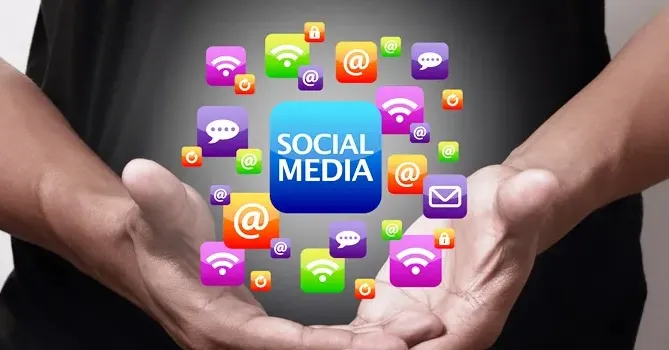Introduction
Social media marketing is the use of SM platforms and websites to promote a product or service. Although the terms e-marketing and digital marketing are still dominant in academia, social media marketing is becoming more popular for both practitioners and researchers. Most social media platforms have built-in data analytics tools, enabling companies to track the progress, success, and engagement of ad campaigns. Companies address a range of stakeholders through social media marketing, including current and potential customers, current and potential employees, and the general public.
Strategies of Social media marketing:
1. Passive approach
Social media can be a useful source of market information and a way to hear customer perspectives. Blogs, content communities, and forums are platforms where individuals share their reviews and recommendations of brands, products, and services. Businesses are able to tap and analysis the customer voices and feedback generated in social media for marketing purposes.
In this sense the social media is a relatively inexpensive source of marketing analysis which can be used by marketers and managers to track and respond to consumer-identified problems and detect market opportunities.
2. Active approach
Social media can be used not only as public relations and direct tools, but also as communication channels targeting very specific audiences with social media influencers and social media personalities as effective customer engagement tools. This tactic is widely known as influencer marketing. Influencer marketing allows brands the opportunity to reach their target audience.
Using digital tools such as google ads, advertisers can target their ads to very specific demographics, such as people who are interested in social , political acitivity associated with a particular political party, or video gaming, Google AdSense does this by looking for keywords in social media user’s online posts and comment.
3. Purposes and Tactics
One of the main purposes of employing social media in marketing is as a communications tool that makes the companies accessible to those interested in their product and makes them visible to those who have no knowledge of their products.
These companies use social media to create buzz, and learn from and target customers. It’s the only form of marketing that can finger consumers at each and every stage of the consumer decision journey.
Twitter allows companies to promote their products in short messages known as tweets limited to 280 characters which appear on followers’ Home timelines. Tweets can contain text, Hashtag, photo, video, animated GIF, Emoji, or links to the product’s website and other social media profiles, etc. Twitter is also used by companies to provide customer service. Some companies make support available 24/7 and answer promptly, thus improving brand loyalty and appreciation.
Facebook pages are far more detailed than Twitter accounts. They allow a product to provide videos, photos, longer descriptions, and testimonials where followers can comment on the product pages for others to see. Facebook can link back to the product’s Twitter page, as well as send out event reminders. As of May 2015, 93% of businesses marketers use Facebook to promote their brand.
Linkden, a professional business-related networking site, allows companies to create professional profiles for themselves as well as their business to network and meet others. Through the use of widgets, members can promote their various social networking activities, such as Twitter stream or blog entries of their product pages, onto their LinkedIn profile page. LinkedIn provides its members the opportunity to generate sales leads and business partners. Members can use “Company Pages” similar to Facebook pages to create an area that will allow business owners to promote their products or services and be able to interact with their customers.
WhatsApp continues to operate as a separate app with a laser focus on building a messaging service that works fast and reliably anywhere in the world. Started as an alternative to SMS, WhatsApp now supports sending and receiving a variety of media including text, photos, videos, documents, and location, as well as voice calls. WhatsApp messages and calls are secured with end-end encryption meaning that no third party including WhatsApp can read or listen to them. WhatsApp has a customer base of 1 billion people in over 180 countries. It is used to send personalized promotional messages to individual customers. It has plenty of advantages over SMS that includes ability to track how Message Broadcast Performs using blue tick option in WhatsApp. It allows sending messages to Do Not Disturb (DND) customers. WhatsApp is also used to send a series of bulk messages to their targeted customers using broadcast option. Companies started using this to a large extent because it is a cost-effective promotional option and quick to spread a message. As of 2019, WhatsApp still not allow businesses to place ads in their app.


